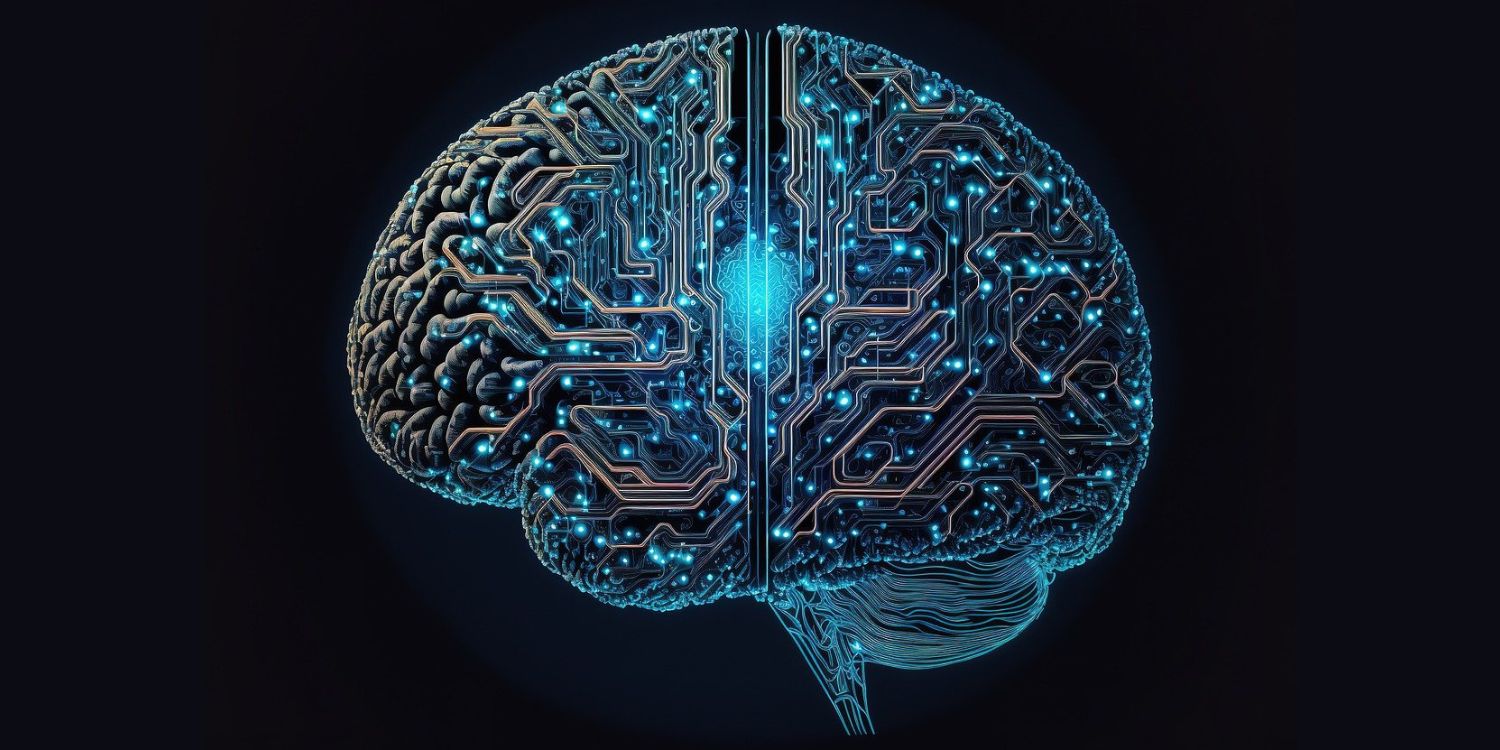In the dynamic world of technology, buzzwords frequently emerge, causing confusion regarding their exact definitions. Two terms often mistakenly used interchangeably are “Artificial Intelligence” (AI) and “Machine Learning” (ML). While they are closely related, each plays a unique role in contemporary computing. In this discussion, we’ll explore the nuances of AI vs machine learning, highlighting their distinctions and examining how they work together to drive the technological progress we see today.
Defining AI: The Intelligent Realm
Artificial Intelligence, often abbreviated as AI, is the broader concept that encompasses machines’ ability to simulate human intelligence. The fundamental aim of AI is to create systems that can perform tasks that typically require human intelligence, such as understanding natural language, recognizing patterns, solving problems, and making decisions.
AI spans a spectrum of capabilities, from the basic to the advanced. At one end, we have narrow or weak AI, which is designed to perform a specific task or a set of closely related tasks. Think of the AI that powers voice assistants like Siri or Alexa – it can understand and respond to specific commands but lacks the broader cognitive abilities of a human.
On the other end of the spectrum lies general or strong AI, which refers to AI that possesses human-like cognitive abilities and can perform any intellectual task that a human being can. However, despite the remarkable advancements in AI, we are still a considerable distance away from achieving the level of general AI portrayed in science fiction.
Decoding Machine Learning: The Learning Process
Machine Learning, often abbreviated as ML, is a subset of AI that focuses on the development of algorithms and models that enable computers to learn from data. In essence, ML systems learn from experience and improve their performance on a given task over time. Instead of being explicitly programmed to perform a specific task, ML algorithms use data to train themselves and make predictions or decisions based on that training.
The hallmark of ML is its capacity to improve without being explicitly programmed. This is achieved through the utilization of various techniques, such as supervised learning, unsupervised learning, and reinforcement learning. In supervised learning, algorithms learn from labeled data – data that has been tagged with the correct answer. In unsupervised learning, algorithms explore data that doesn’t have labeled responses, identifying patterns and relationships on their own. Reinforcement learning involves training algorithms to make a series of decisions, learning from the consequences of those decisions to optimize outcomes over time.
Collaboration and Interplay
AI and ML are intertwined in a symbiotic relationship. While AI is the overarching concept that seeks to create intelligent machines, ML is one of the most powerful tools used to achieve that goal. In essence, machine learning is a practical application of AI.
Consider a scenario where you want a computer to recognize images of cats. You could use traditional programming to explicitly define the features that constitute a cat’s image – its ears, eyes, whiskers, and so on. However, this approach is painstaking and often not robust enough to account for the diversity of cat images.
Here’s where ML comes to the rescue. By training an ML model on a large dataset of cat images, the algorithm can learn the inherent patterns and features that distinguish cats from other objects. The more data the model is exposed to, the better it becomes at making accurate predictions.
Real-World Applications: AI and ML in Action
The practical applications of AI and ML are myriad and span various industries. In healthcare, AI is employed to analyze medical images and identify potential abnormalities. ML algorithms are used to predict disease outbreaks by analyzing patterns in data. In finance, AI-driven chatbots provide customer support, while ML algorithms help predict market trends. The automotive industry uses AI for self-driving cars, while ML models enhance energy efficiency in smart homes.
In the realm of language, AI-driven natural language processing (NLP) systems comprehend and generate human language. Chatbots, language translation tools, and sentiment analysis engines all rely on AI and ML to understand and respond to human communication.
AI Ethics and the Future
As AI and ML continue to evolve, discussions about their ethical implications become increasingly important. Questions about bias in algorithms, the potential displacement of jobs, and the ethical use of AI in decision-making processes underscore the need for responsible development and deployment.
The future holds exciting possibilities, including advancements towards general AI, where machines possess human-like reasoning abilities. This would mark a monumental shift in the capabilities of AI, but it also raises complex ethical and philosophical questions.
In conclusion, AI and ML are not synonymous but rather complementary concepts. AI encompasses the broader ambition of creating intelligent machines, while ML is a powerful tool within the AI toolkit that enables machines to learn from data and improve their performance over time. Together, they are driving innovations across industries and reshaping the way we interact with technology. As we continue to explore the potential of AI vs machine learning, it’s imperative to approach their development and deployment with a thoughtful consideration of ethical implications and responsible practices.

